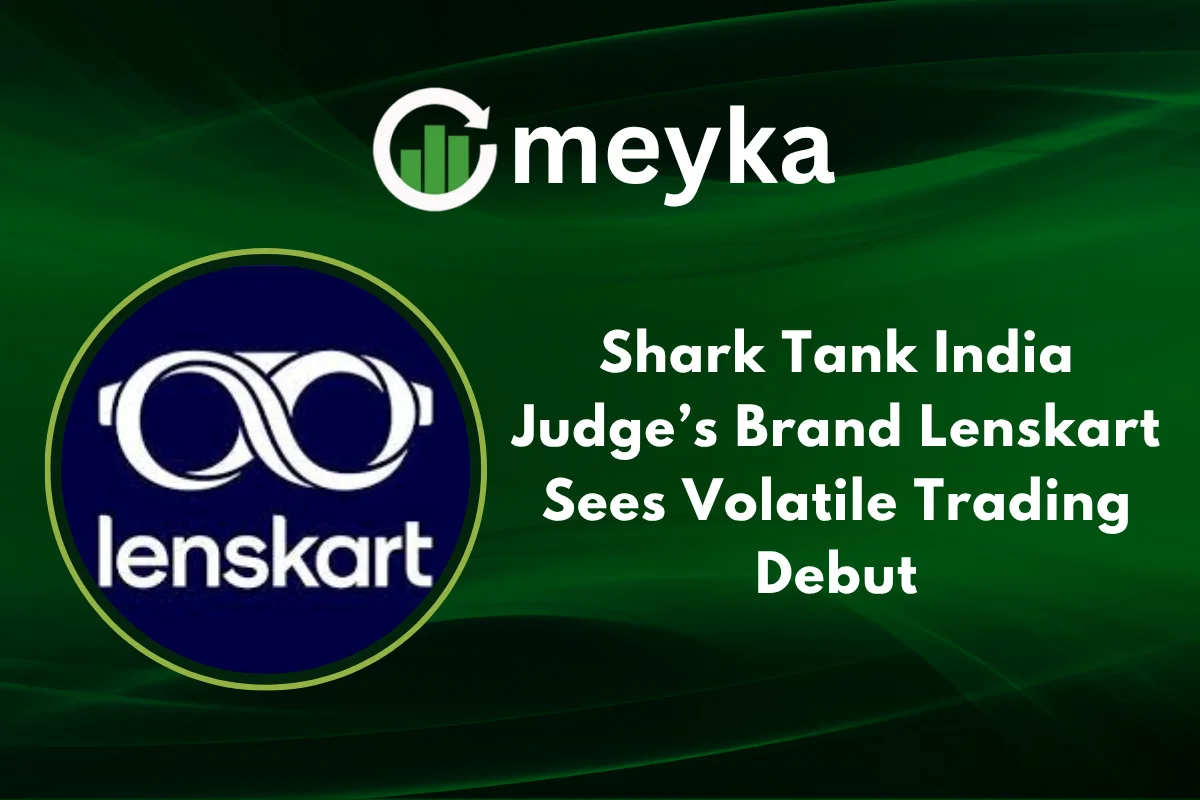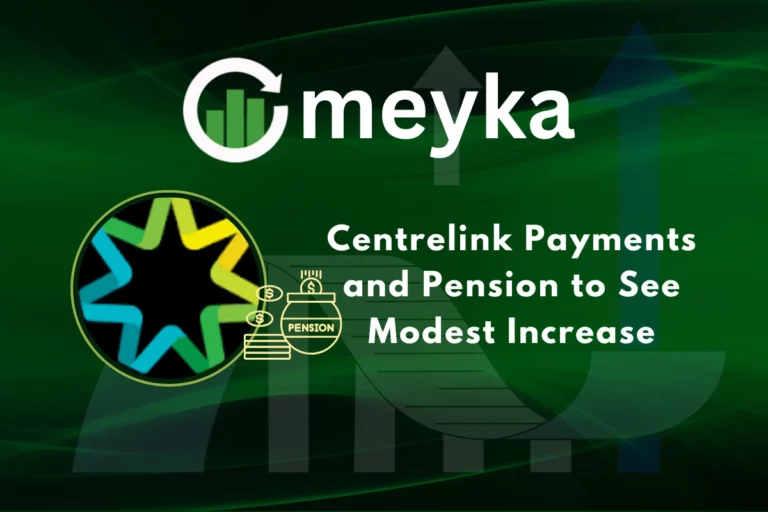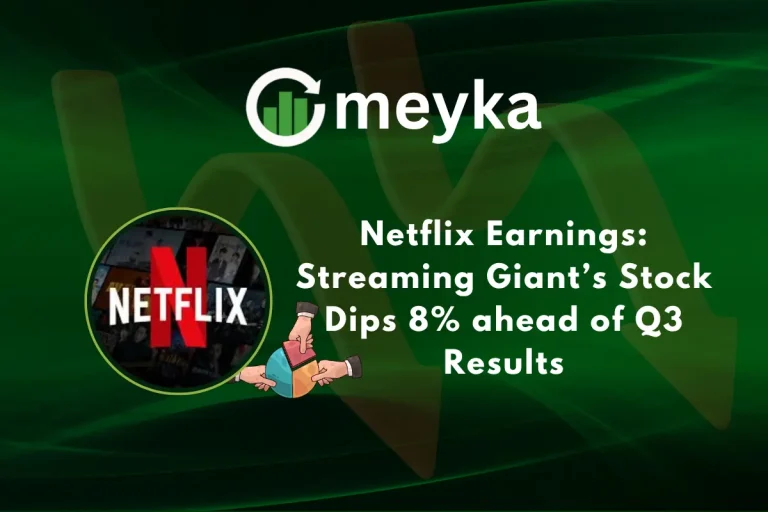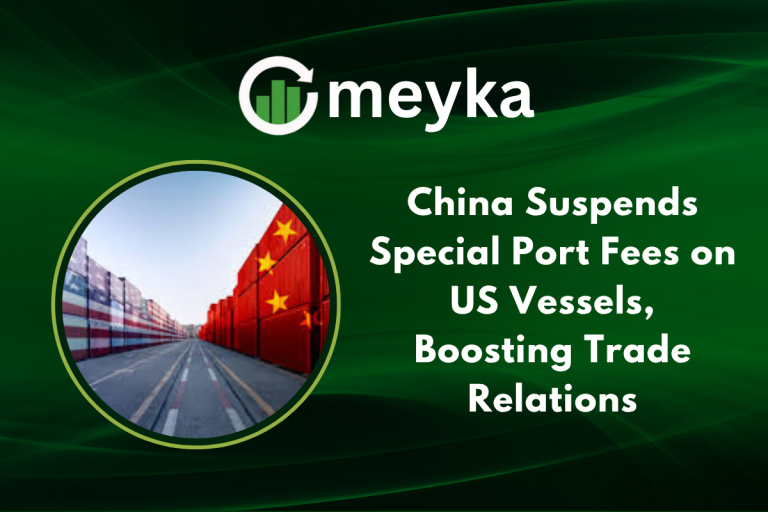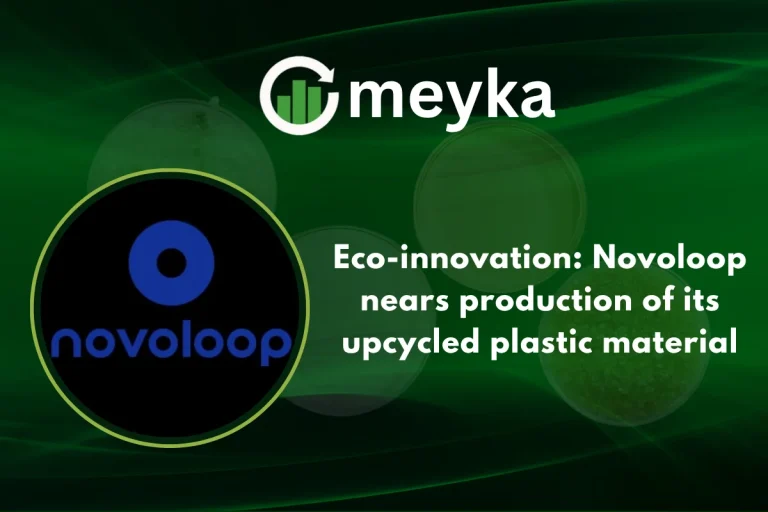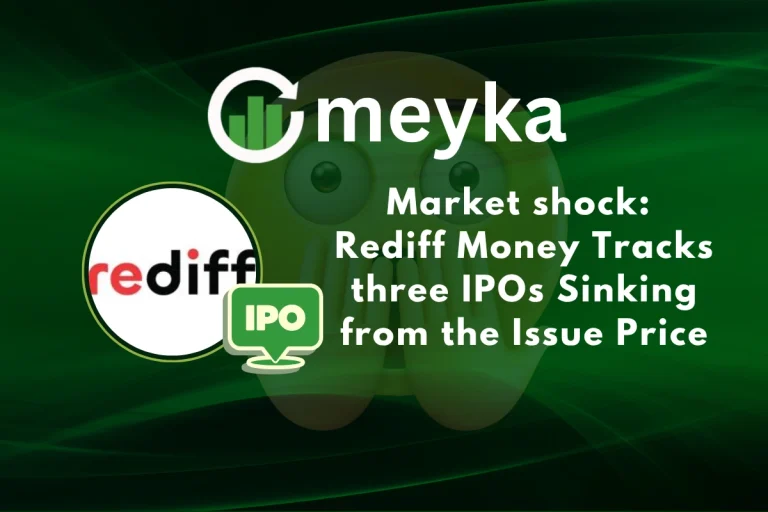“Shark Tank India” Judge’s Brand Lenskart Solutions Ltd. Sees Volatile Trading Debut
The recent public debut of Lenskart Solutions Ltd., backed by entrepreneur and “Shark Tank India” judge Peyush Bansal, grabbed attention in India’s market for its high subscription and equally dramatic listing performance. The company’s IPO created buzz, but the actual share performance on listing day turned volatile. For those focused on the stock market and doing stock research, this debut offers key lessons on valuation, investor appetite and timing.
Strong IPO Demand, But Market Cautious
Lenskart Solutions Ltd. opened its initial public offering (IPO) from October 31 to November 4, 2025, with a price band of ₹382 to ₹402 per share. On the final day, the issue was subscribed to an impressive 28.26 times. That high level of subscription illustrated the market’s strong interest in the brand, helped by the credibility of its founder and judge role in “Shark Tank India”.
However, while the IPO demand was robust, the timing of the listing revealed investor caution. Ahead of listing, the grey‑market premium (GMP) for Lenskart shares plunged about 70 % from peak levels. In other words, while investors jumped in during the subscription, traders were less certain about near‑term listing gains.
Volatile Listing Reflects Valuation Concerns
When Lenskart’s shares were finally listed on November 10, 2025, the market reaction was bumpy. Lenskart shares opened at around ₹395 on the National Stock Exchange (NSE) versus the issue price of ₹402, already a slight discount. They dropped as much as 11% to ₹356.1 before recovering somewhat. Bloomberg similarly reported a drop of up to 12% in early trading before a modest recovery to a small gain.
That listing behaviour signals one clear message: despite high demand at the subscription stage, the broader market weighed valuation heavily. Analysts noted Lenskart’s forward‑earnings multiple at listing was near 238 times. For investors tracking consumer‑tech IPOs or watching “tech stock” narratives in India, this debut suggests that strong branding alone may not guarantee a smooth ride when valuations are very aggressive.
Why the Hype Took a Hit
Several factors help explain why the “Shark Tank India” anchor didn’t translate into an easy listing windfall for Lenskart.
1. Highly Stretched Valuation
Despite interest, Lenskart’s valuation was seen as steep. Analysts pointed out that the price‑to‑sales and price‑to‑earnings ratios were well above typical retail benchmarks. When valuations run ahead of clarity on execution, the listing risk increases.
2. Grey Market Premium Cooling
The pre-listening GMP is often used as a sentiment barometer. In Lenskart’s case, the GMP dropped substantially, signalling reduced expectation of a strong premium on listing. This drop foreshadowed the volatile debut.
3. Shift in IPO Market Sentiment
India’s IPO market has seen many high‑profile listings and strong retail appetite. However, markets are becoming more discerning. The strong subscription contrasted with the weak listing shows how demand can be present but price realism may dampen immediate gains.
4. Technology & Retail Mix Gives Mixed Signals
Lenskart positions itself as a “technology‑driven” eyewear retail player, combining online and offline retail, manufacturing and design. For tech‑focused investors, aspects of the business may appear appealing (such as AI tools for customer engagement). But when placed under the lens of stock market valuations and execution expectations, the “tech stock” label alone may not shield the stock from downside.
What It Means for Investors and Stock Research
For anyone doing stock research on consumer‑tech / retail IPOs, or watching the broader IPO wave in India, the Lenskart debut provides several lessons and opportunities:
- Subscription ≠ Listing gain: High subscription shows demand, but listing performance depends on valuation, sentiment and readiness.
- Valuations matter: Regardless of branding or media profile (such as being associated with “Shark Tank India”), steep valuation can limit upside and increase risk.
- Look at fundamentals: Focus on growth, profitability, scalability, and execution, not just hype or market positioning. Lenskart reported around 23% revenue growth in FY2025 to approximately ₹66.5 billion.
- Beware of tech tag assumptions: Calling something a “technology stock” or a “tech stock” often elevates expectations. If the business is partly traditional retail and partly digital, the risk profile may be different.
- Market timing matters: Listing during a period of rising IPOs and high valuations adds complexity. A crowded listing calendar or macro headwinds can constrain performance.
The Road Ahead for Lenskart
Looking ahead, several themes will determine how Lenskart performs post‑listing:
- Execution of store expansion: Lenskart has many physical stores in India and abroad. Delivering growth through retail expansion and manufacturing scale will be key.
- Technology integration: The company uses AI tools for supply‑chain efficiency and customer experience. Showing profitable growth from these investments will support its valuation.
- Profitability trajectory: Though profitable in FY2025, the expectations were high. Meeting or exceeding earnings will matter for investor confidence.
- Valuation re‑rating or reset: Unless growth accelerates meaningfully, the current valuation may remain a drag on the stock. Analysts caution that the listing gain is likely to be muted.
Conclusion
The debut of Lenskart Solutions under the spotlight of “Shark Tank India” and its founder’s profile illustrates the complexity of IPO investing. While the brand and business model may check many boxes, the actual listing performance turned volatile due to high valuation and shifting market sentiment. For investors and analysts in the stock market, this case study emphasises that strong media links and buzz can drive initial interest but fundamentals and valuation ultimately govern outcomes.
If you’re tracking or investing in newly listed companies, especially in the consumer‑tech space, approach with both optimism and caution. Look beyond the anchor, the judge role or the hype. No matter how compelling an IPO appears, podium finishes rely on delivery.
FAQs
Lenskart’s IPO drew large interest because it is led by “Shark Tank India” judge Peyush Bansal, it operates a large retail‑tech eyewear business, and it offered a rare consumer‑tech public issue in India. The subscription at 28 times also catalysed attention.
Not necessarily. A volatile debut primarily reflects valuation concerns and sentiment. The company’s long‑term success will depend on execution: store growth, profitability, and tech deployment. Investors should assess those fundamentals rather than using listing performance alone as a verdict.
Use Lenskart as a cautionary but balanced guide: check valuation, growth expectations, subscription vs listing premium, and whether the business genuinely benefits from tech or just uses the label. For good stock research, separate hype from substance and set realistic expectations for “tech stock” style listings.
Disclaimer:
The content shared by Meyka AI PTY LTD is solely for research and informational purposes. Meyka is not a financial advisory service, and the information provided should not be considered investment or trading advice.
